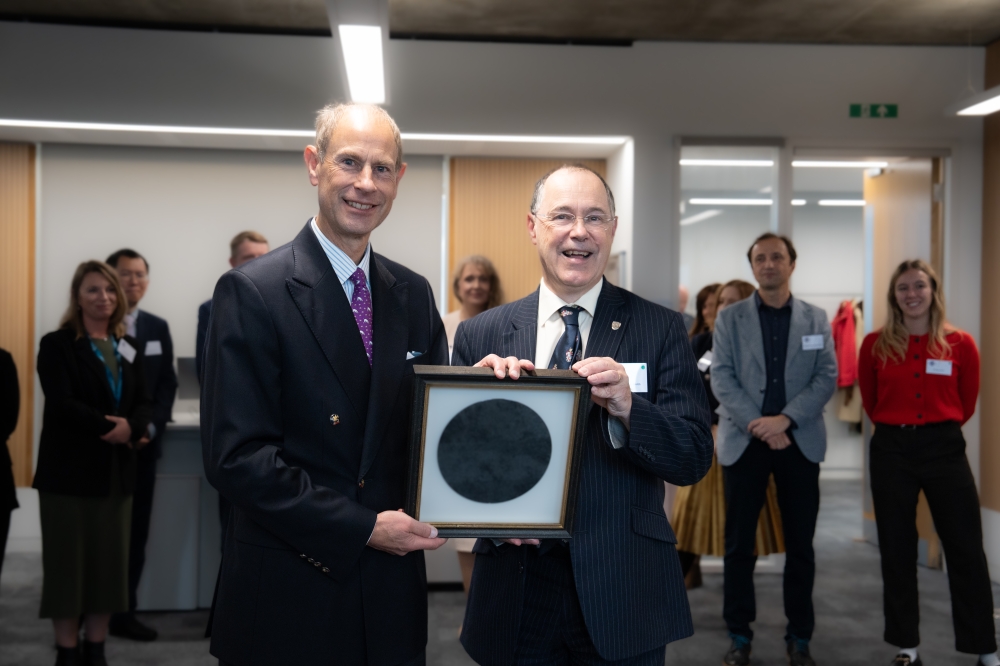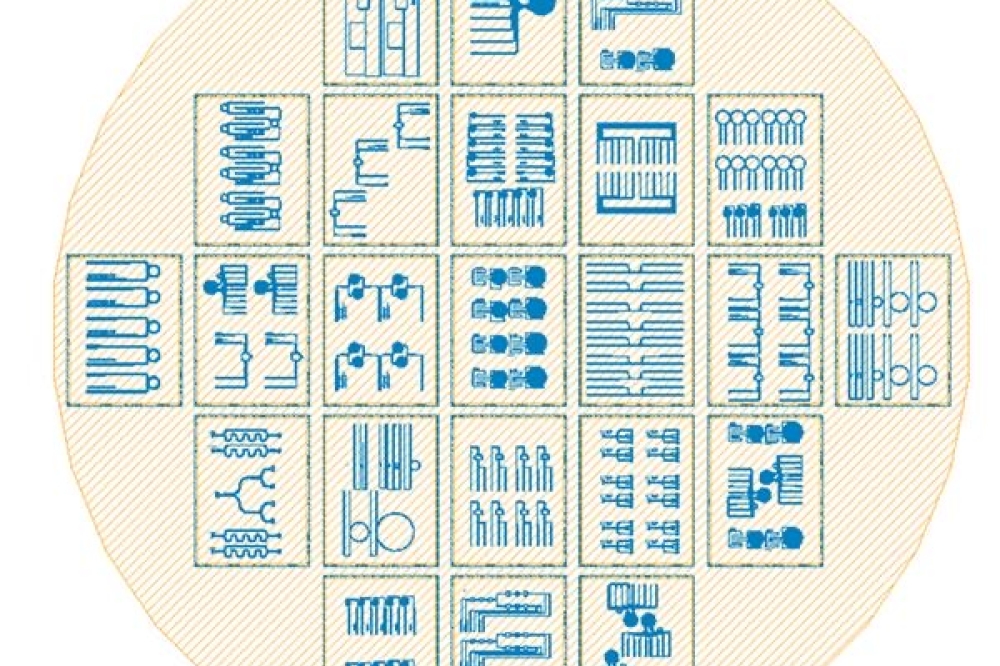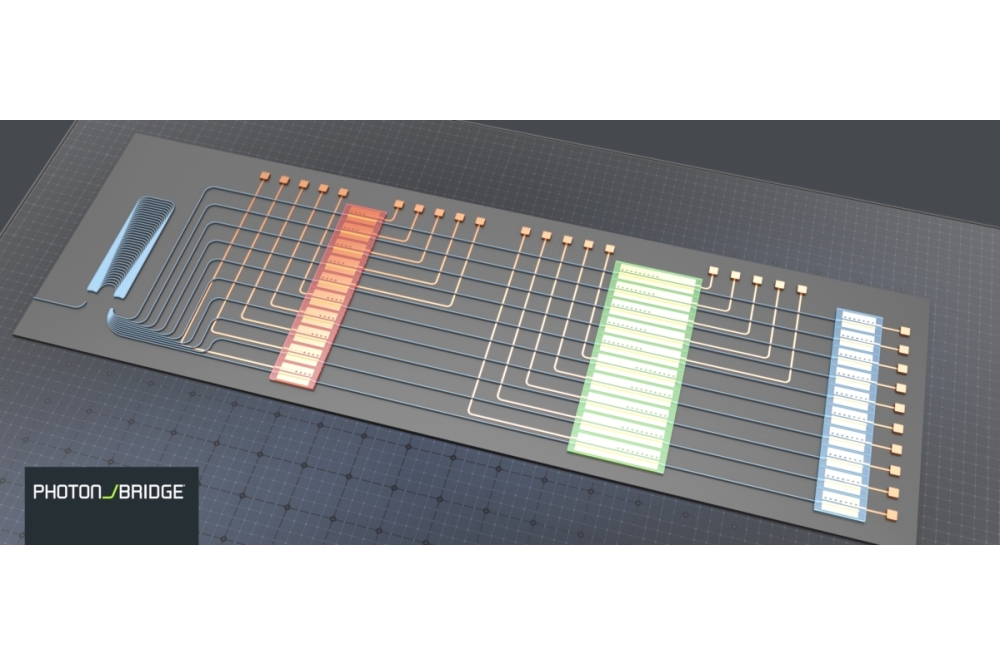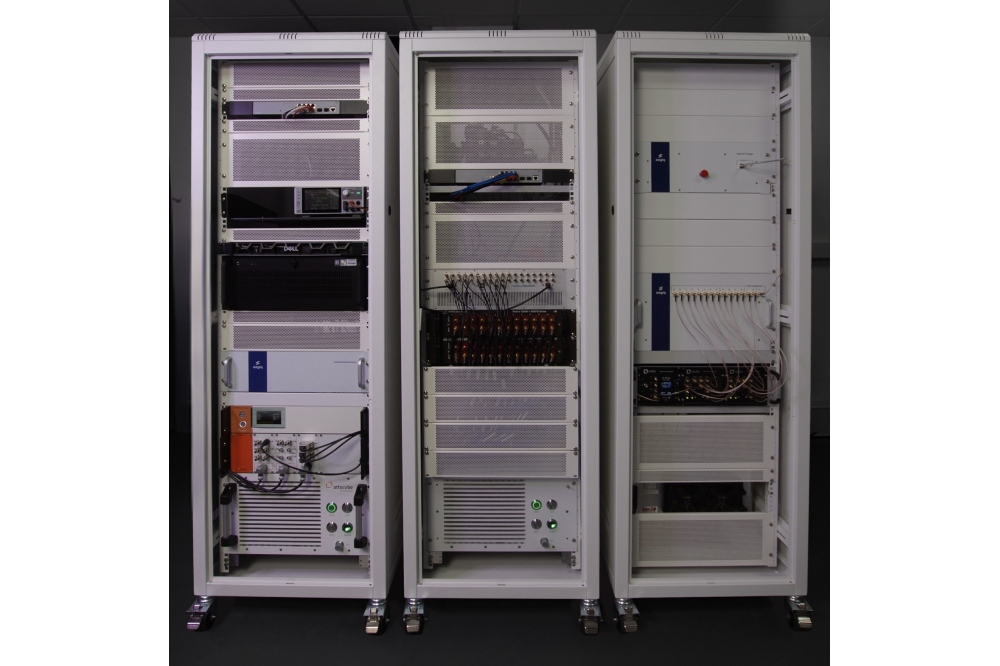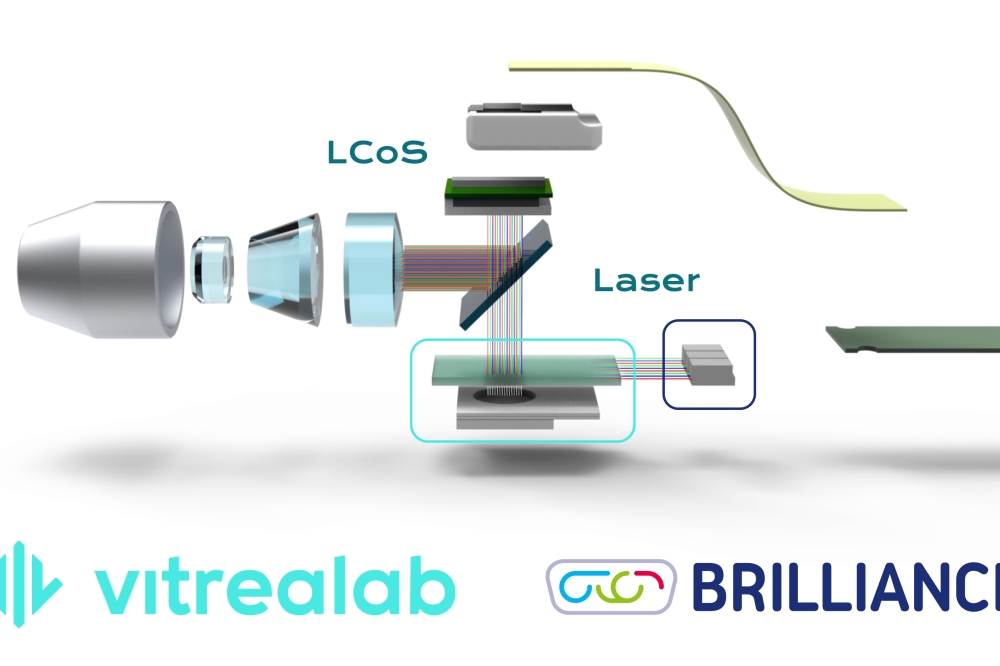PHIX partners with ITRI, Ligitek, and Liverage to advance high-speed optical engines

PHIX, Ligitek, Liverage, and ITRI have partnered to develop next-generation high-speed and energy-efficient optical transceivers to address global challenges in data connectivity. This advancement in high-speed optical engines strengthens Netherlands-Taiwan collaboration and prepares new semiconductor packaging innovations for scalable volume manufacturing.
The rapid growth of internet-based services and global data traffic is driving unprecedented demand for high-speed and energy-efficient optical transceivers. In response, PHIX BV, Ligitek, Liverage and ITRI, have entered into a collaboration to advance the hybrid integration and packaging of photonic integrated circuits (PICs) for next-generation optical transceiver development. PHIX is a leading provider of photonics packaging solutions based in the Netherlands, whereas Ligitek, Liverage, and ITRI are located in Taiwan. Ligitek is a renowned provider of premium optoelectronic components and system integration solutions. Liverage is a manufacturer of advanced optical transceiver systems dedicated to the optical communication industry. ITRI (Industrial Technology Research Institute) is a world-leading applied technology research institute providing system-level validation and integrated photonics development platforms.
Addressing the global connectivity challenge
Data centers alone consumed approximately 450 TWh of electricity in 2022 – equivalent to the total annual energy usage of the United Kingdom. High-speed optical transceivers are essential for delivering reliable, low-latency, and energy-efficient data transmission. By leveraging hybrid integration, PHIX, Ligitek, Liverage, and ITRI are developing novel solutions that combine photonic and electronic ICs on a single substrate, reducing power consumption per bit and improving overall system efficiency. This addresses key challenges within the global optical transceiver market, which is expected to growth to $27.25 billion by 2030, opening up major commercial opportunities that build on this research.
Key objectives and capabilities
Industrial-scale hybrid integration: Scalable automated assembly of photonic and electronic ICs to support large-scale production of co-packaged optical transceivers.
Next-generation transceiver demonstrators: Co-packaged optical transceivers achieving 1.6 Tbps and 3.2 Tbps data rates.
Energy-efficient design: Shorter electrical paths through co-integration with switches, lowering power use and thermal impact.
Multilateral collaboration: Strengthening international cooperation in photonics between the Netherlands and Taiwan, accelerating innovation through joint development among PHIX, Ligitek, Liverage, and ITRI.
The initiative is jointly supported by Taiwan’s Industrial Development Administration (IDA, MoEA), the Netherlands’ PhotonDelta, the Netherlands Office Taipei (NLOT), and Taiwan Optoelectronic Semiconductor Industry Association (TOSIA). It marks the first comprehensive collaboration between the Taiwanese and Dutch integrated photonics ecosystems across design, packaging, module integration, manufacturing and system application, underscoring the complementary expertise of both nations in photonics and high-speed optical interconnects.











